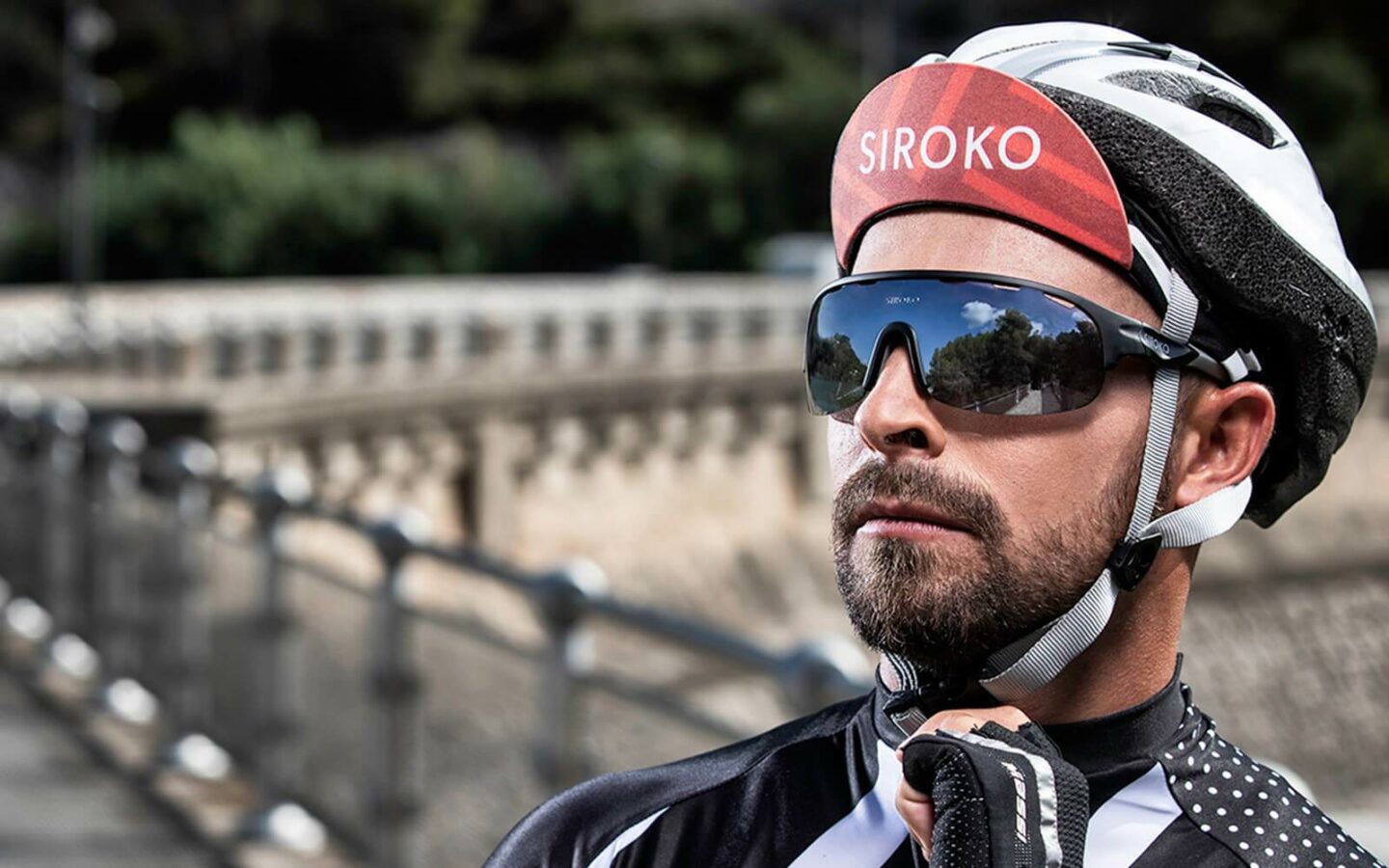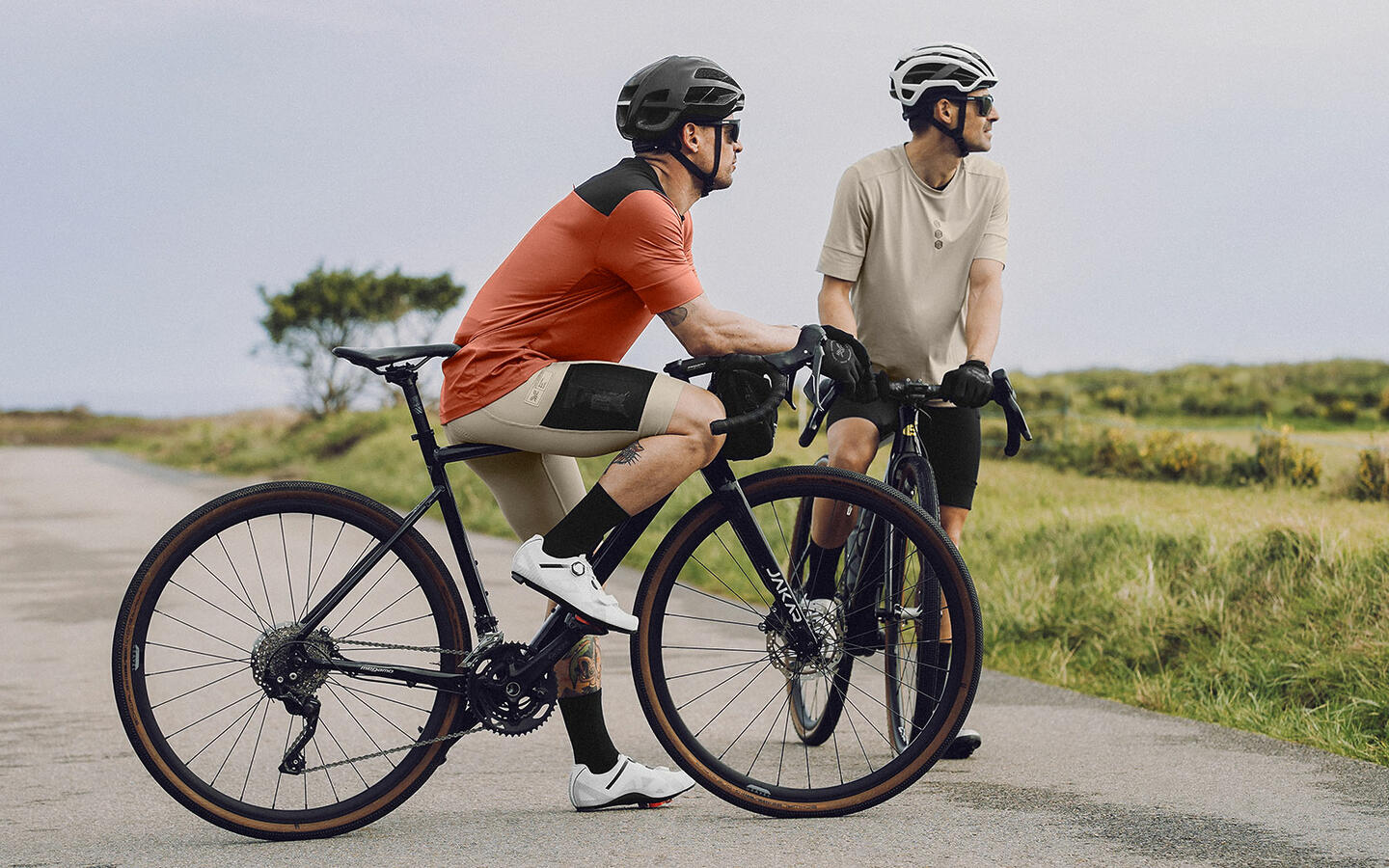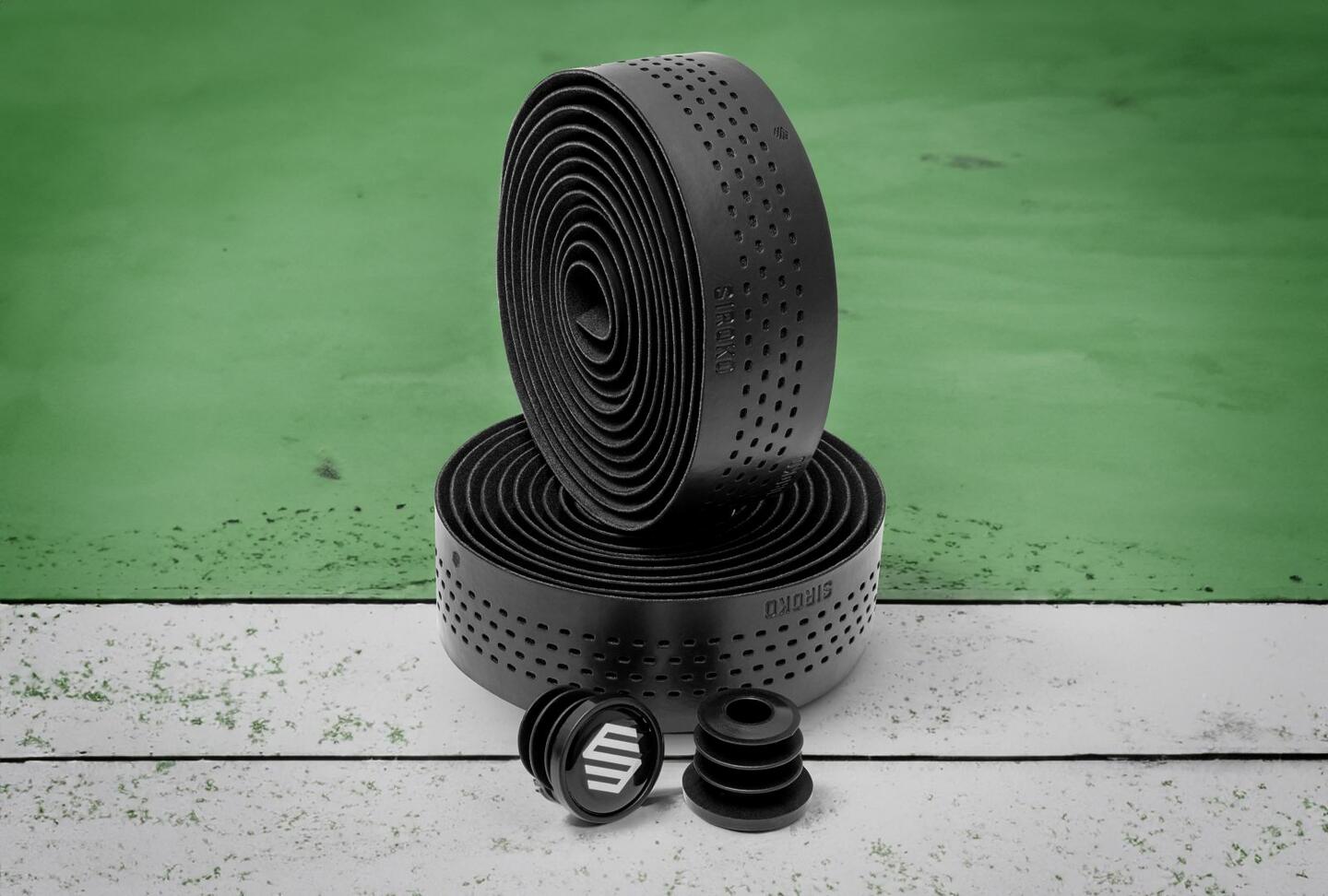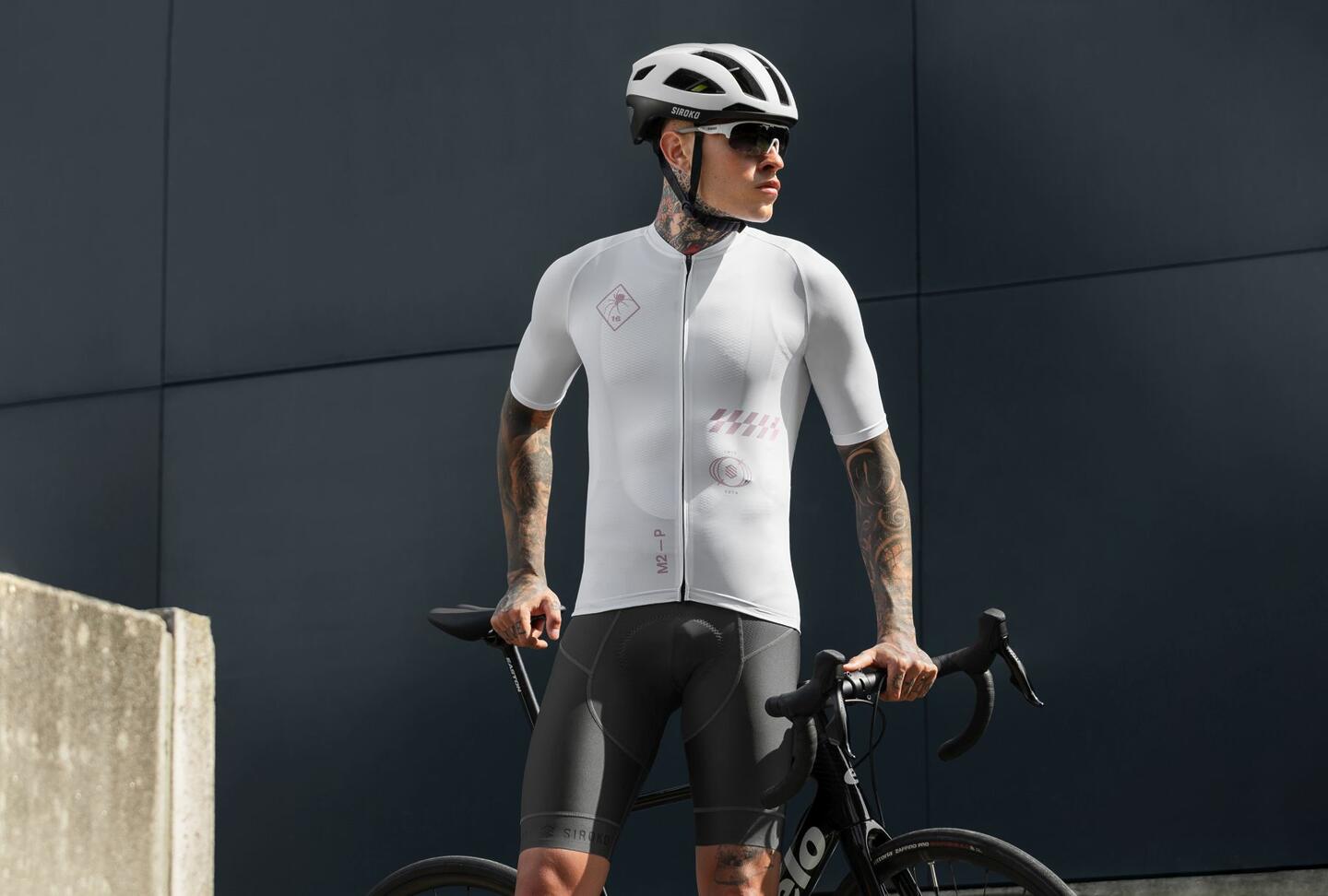Choosing a good bike helmet is essential. We have already stressed the importance of wearing it properly whenever we’re on a bicycle for two main reasons:
- As a safety measure in case of an accident or fall.
- It is required by law; in some countries its use is mandatory for certain ages and/or circumstances.
Those of us who cycle regularly can add even more reasons:
- Protection for our head and eyes (if they have a visor) from direct exposure to the UV rays.
- Protection against cold, rain or hail.
- Aerodynamics.
- A brightly colored helmet or a helmet with rear light for better visibility.
- Style and aesthetics. Although helmets were not commonly used at the beginning, they have now become a key part of the cycling outfit.
Perhaps the last point is not the most relevant, but various designs combined with safety features and cycling modalities means that there is a huge variety of helmets on the market. Let’s take a look at the main ones:
Types of helmets according to cycling modality
Road cycling helmets
- Road bike helmet. The most common and the most versatile. It can be used in any modality except enduro and downhill as well as to ride around the city. They offer good ventilation and are quite lightweight. Some models feature an outer shell that is attached to the helmet for better aerodynamics and protection from rain or cold.
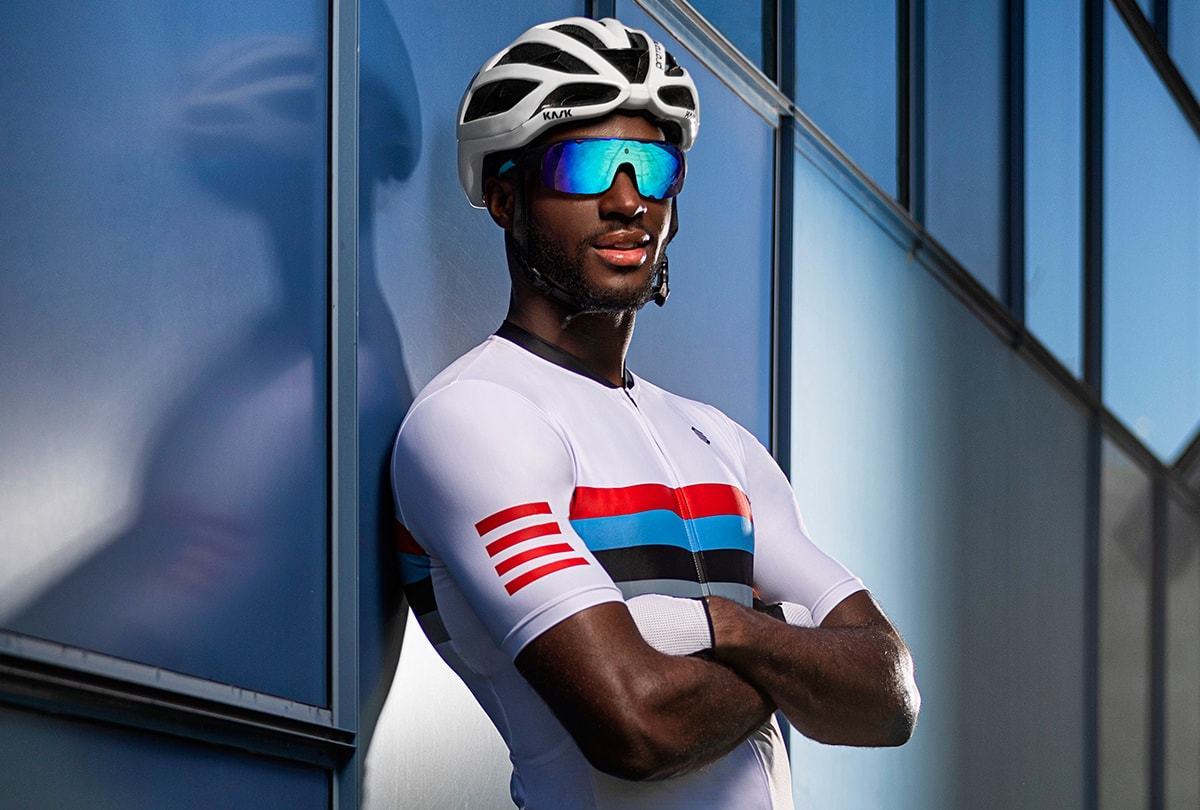
- Aero and semi-aero helmet. Structure similar to the previous one, but with a more aerodynamic profile. Slightly heavier and with less ventilation, especially the closed shell aero helmets. They are designed for road cycling, duathlon and Olympic triathlon. Professionals tend to use them on flat stages. As these helmets are not heavily ventilated, they can also be used in winter or on cold days.
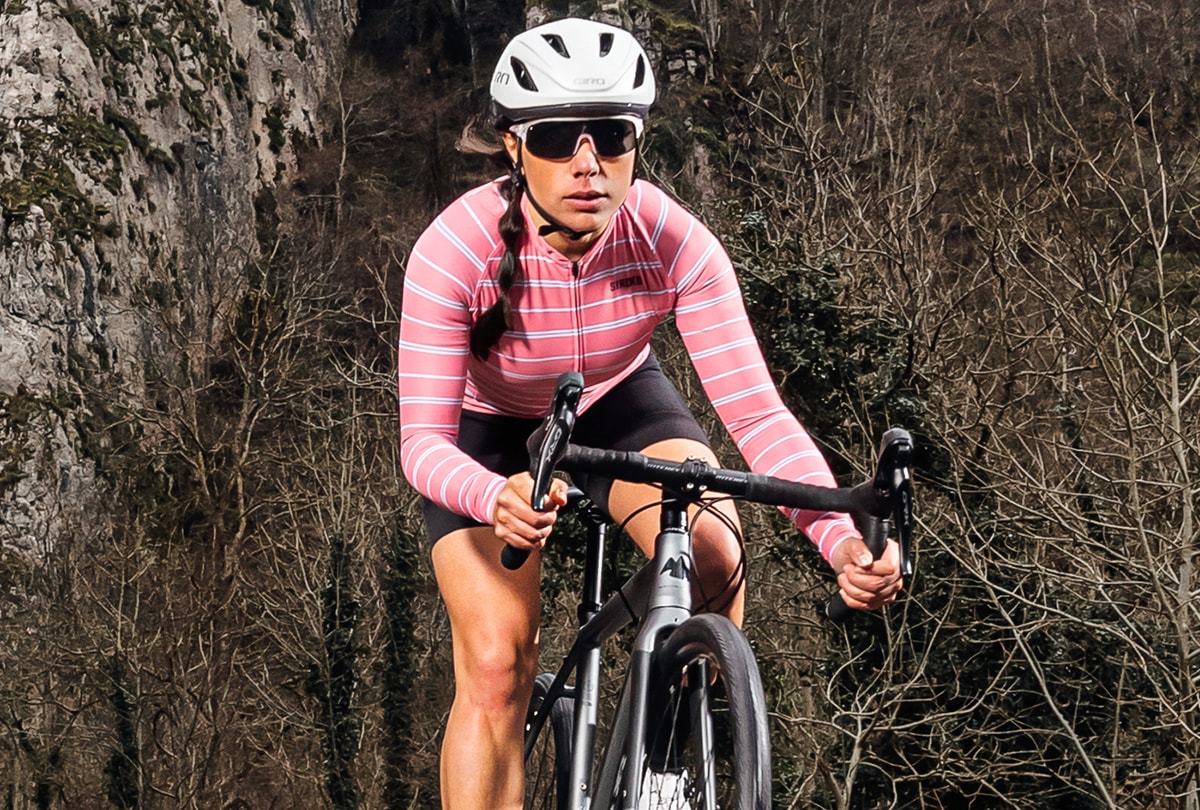
- Time trial helmet. Designed for time trials in road cycling, long- or middle-distance triathlon, and track cycling. There are models with longer or shorter tails, with or without front visor, featuring a rounder or elongated profile, etc.
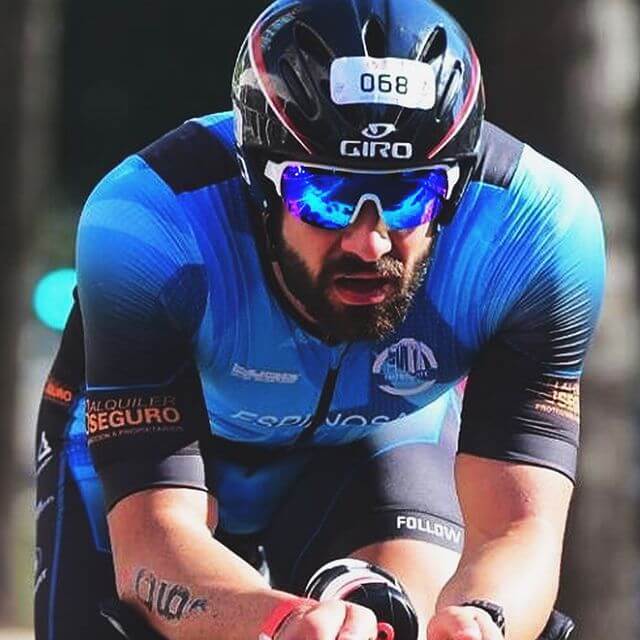
Mountain biking helmets
- Road helmet with or without visor. Suitable for recreational or cross-country mountain biking. If you like downhill rides and your thing is trail country or down country, keep reading, the following helmet type is for you.
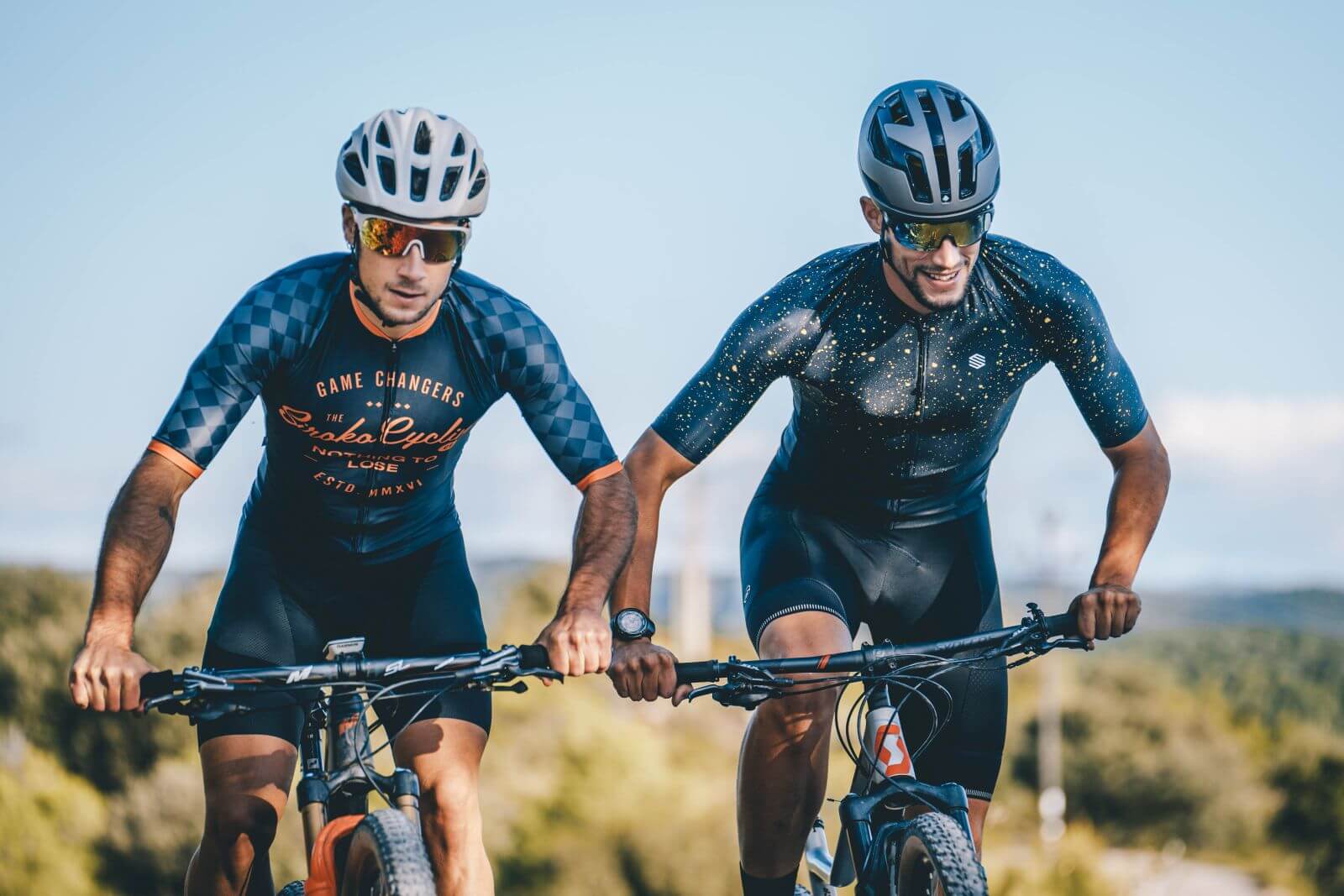
- Enduro helmet. Larger visor and less ventilation. Tough and sturdy, focusing heavily on protecting the rear of the head and temples. For enduro, trail and down country riders.
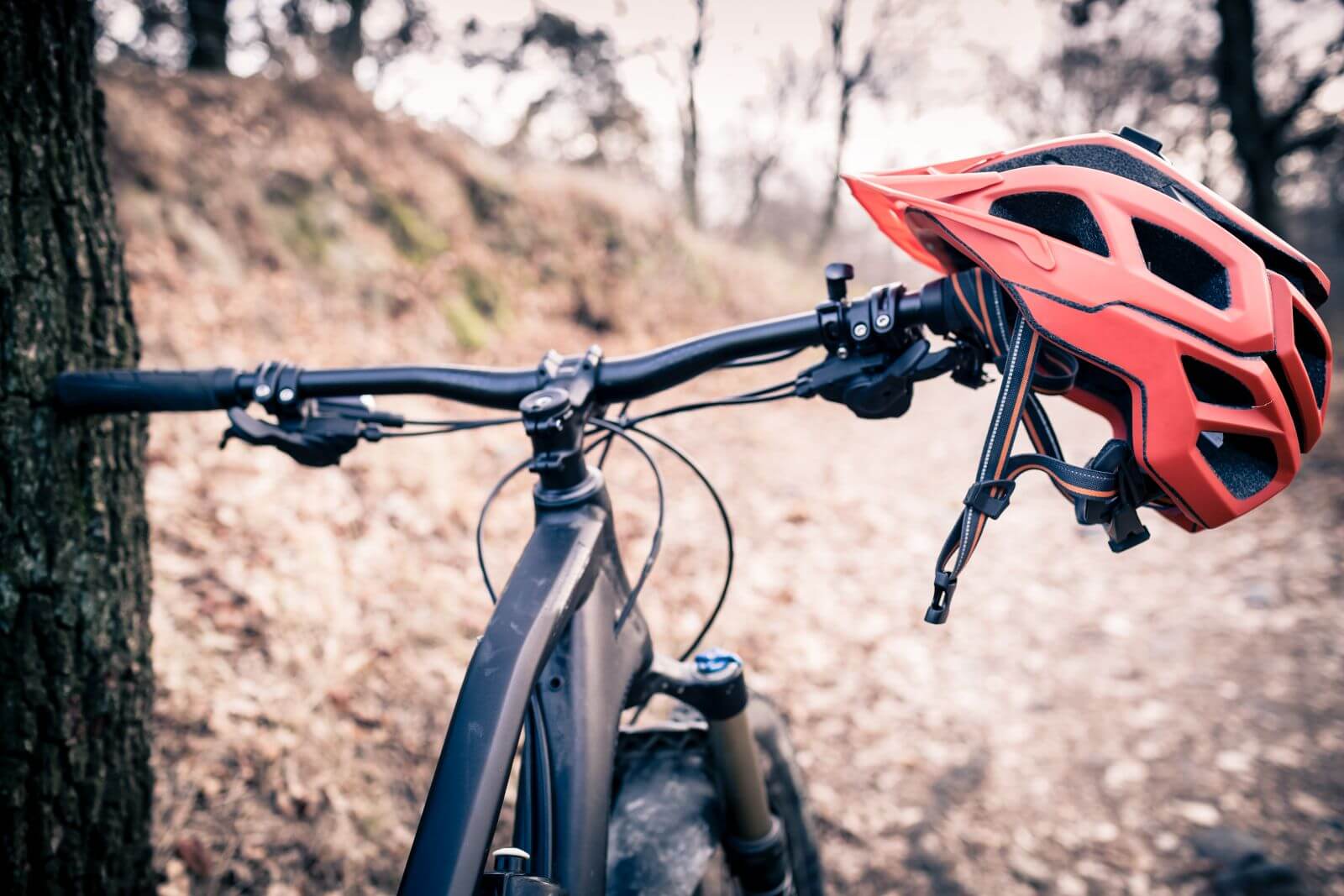
- Convertible helmet. An alternative between enduro and full-face helmets. The chin bar can be detached and we get an open-face enduro helmet. For enduro bikers who want extra protection.
- Full-face downhill helmet. With a large visor and non-removable chin bar. They are very sturdy, heavy and offer little to no ventilation.
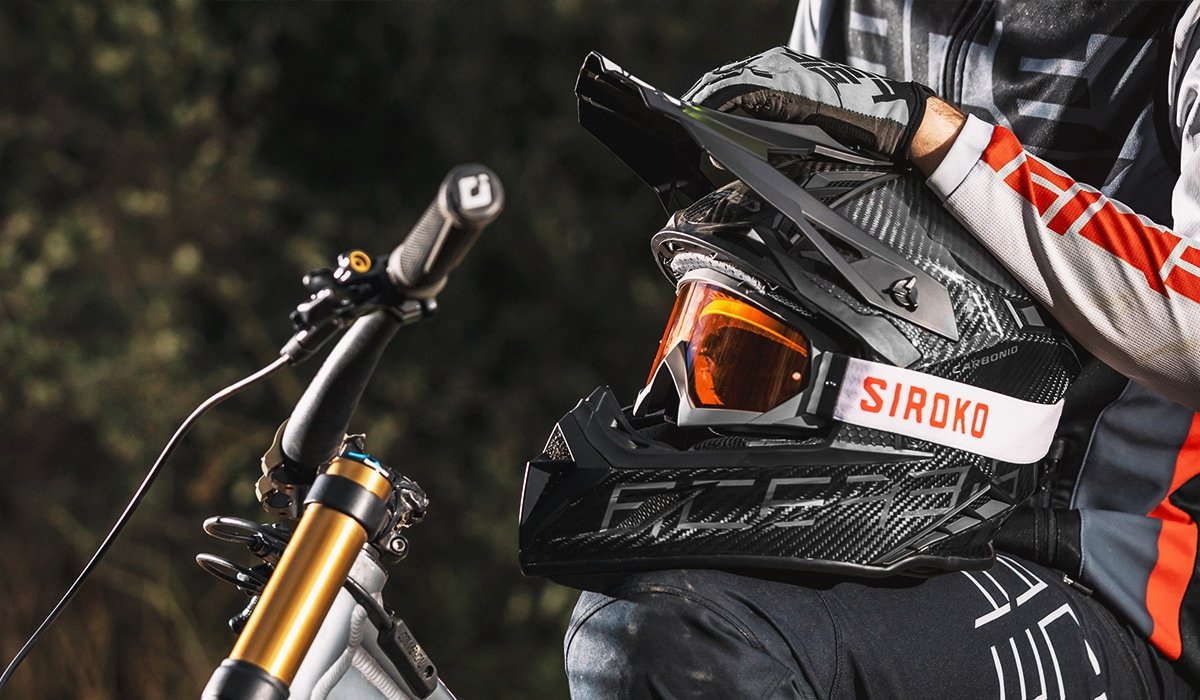
Specific helmets
- For women. With a special ponytail-friendly retention system at the back.
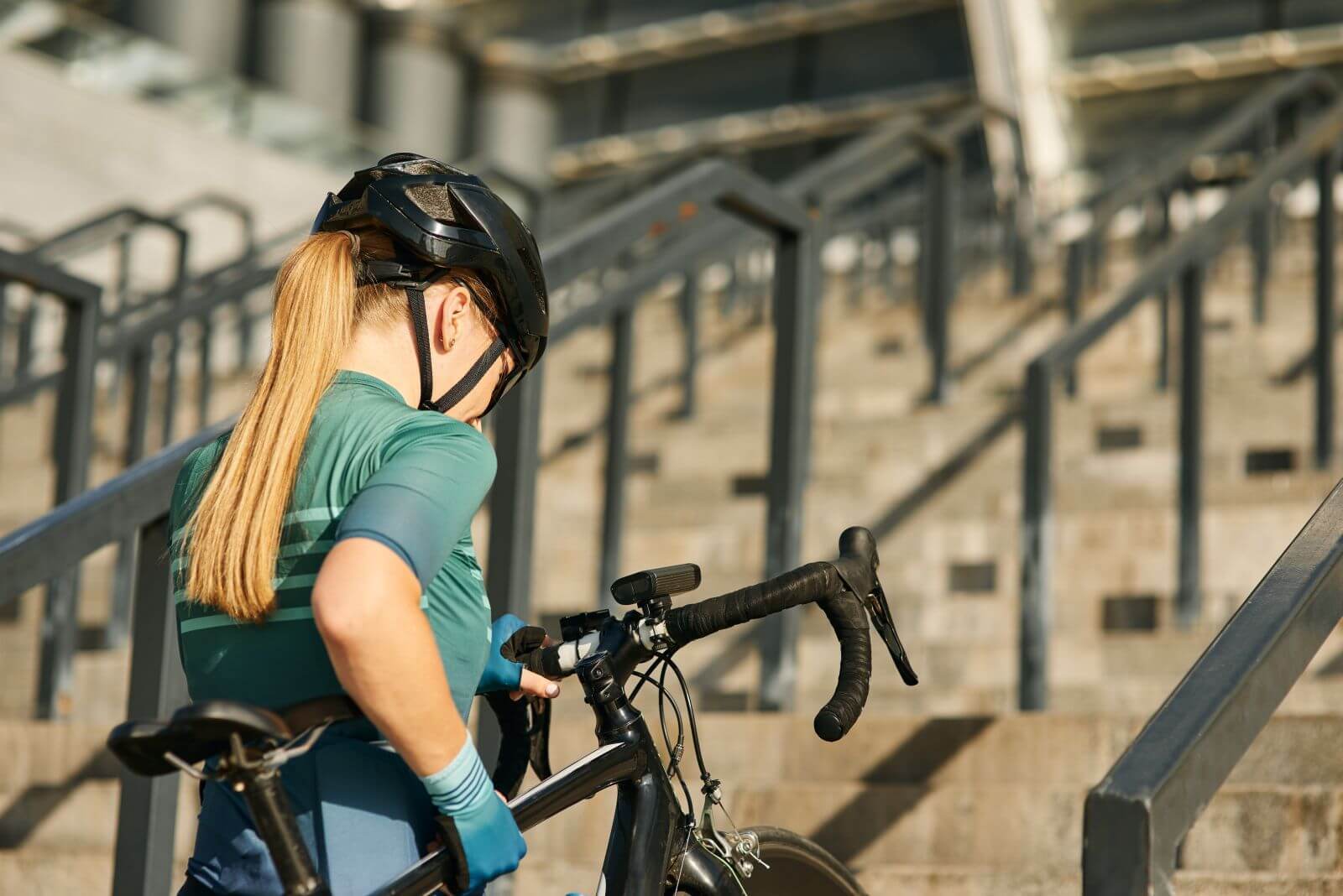
- Urban and city helmets. Although we can simply use a regular helmet (or even a semi-aero model if we want to reach our destination in record time), there are also models with a more urban design that can be matched with casual clothes as if they were a fashion accessory. Folding models are also available in this category. City helmets are usually sturdy, somewhat heavy, offer little ventilation and good protection.
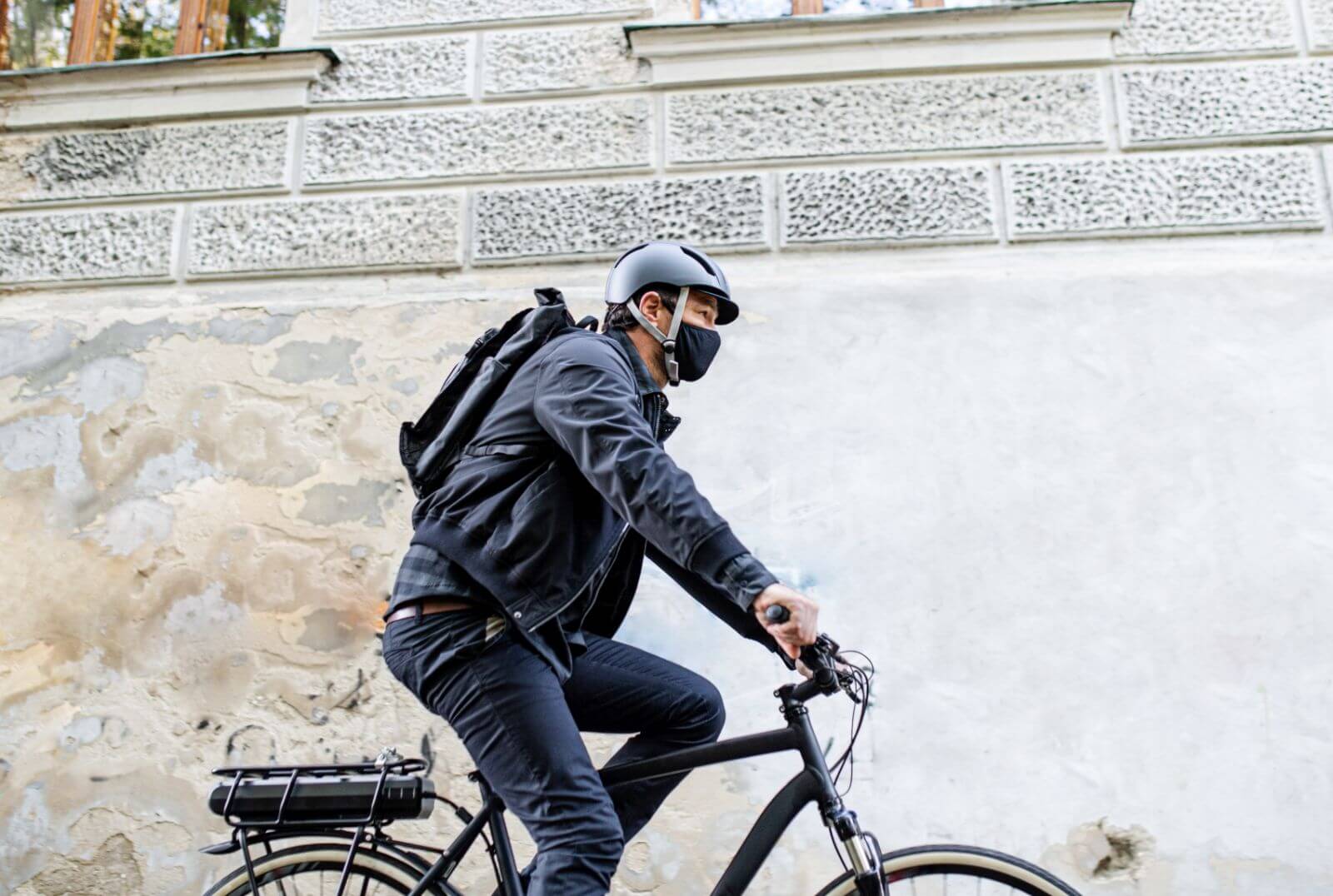
- Helmets for children. Different from adults’ models in size, shape and design. They are smaller and more resistant to offer better protection and fit for the little heads. They feature kids’ favorite colors, designs and patterns.
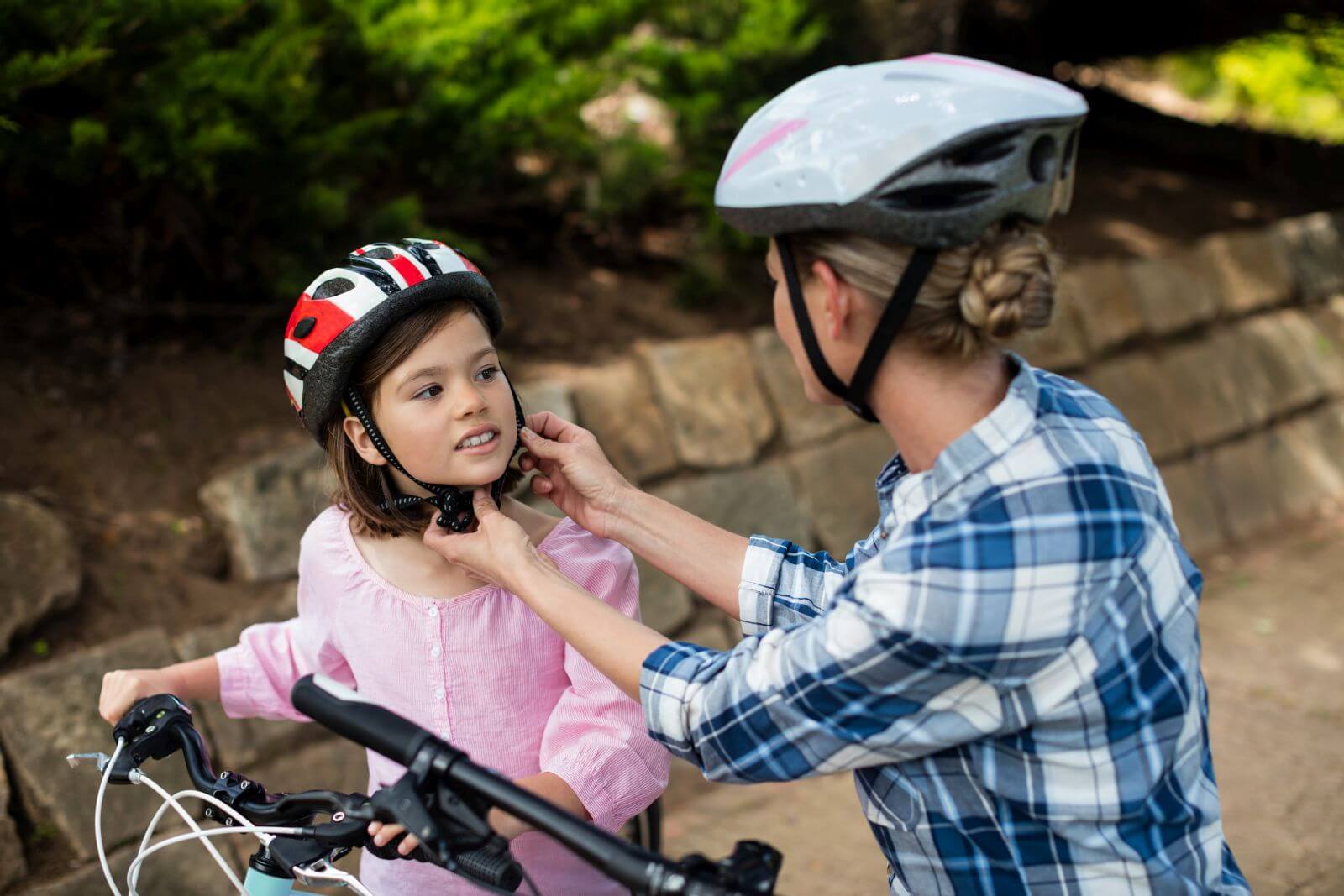
8 Things to consider when buying a cycling helmet
- Safety. The helmet must be approved by American, European or Australian standards and regulations. This ensures that it has passed impact, resistance and retention tests. In addition to the basic homologation, there are helmets with extra protection systems such as MIPS, rear lights, geolocation, etc.
- Modality. The modality or modalities that you practice determine which helmet you should choose. As mentioned above.
- Use. A person who cycles from time to time does not need the same equipment as someone who spends hours on the bike. But then again, feel free to spend 200 € on a high-end helmet and use it only on weekends or buy one for 50 € and hardly ever take it off.
- Price. Helmets can range from 10 € for a basic children’s helmet in a hypermarket to 500 € for a full-face downhill helmet. The variety of models is endless within this wide price range. Think about its use and your cycling modality, and you’re sure to find a model that meets your budget.
- Ventilation. Choose a well-ventilated helmet if you sweat a lot or if you live in a hot area. Opt for a more closed shell if you live in a cold region or if you hardly ever break a sweat. The most versatile choice would be a helmet with plenty of vents plus a cycling cap or an under-helmet thermal skull cap for cold or rainy weather.

- Retention system: straps and fasteners. Low-cost, basic helmets feature only pre-adjusted or adjustable chin straps with a buckle. A helmet with a rear-fit system means more safety, better quality and higher price. In mountain biking, the more adjusted the helmet, the better.
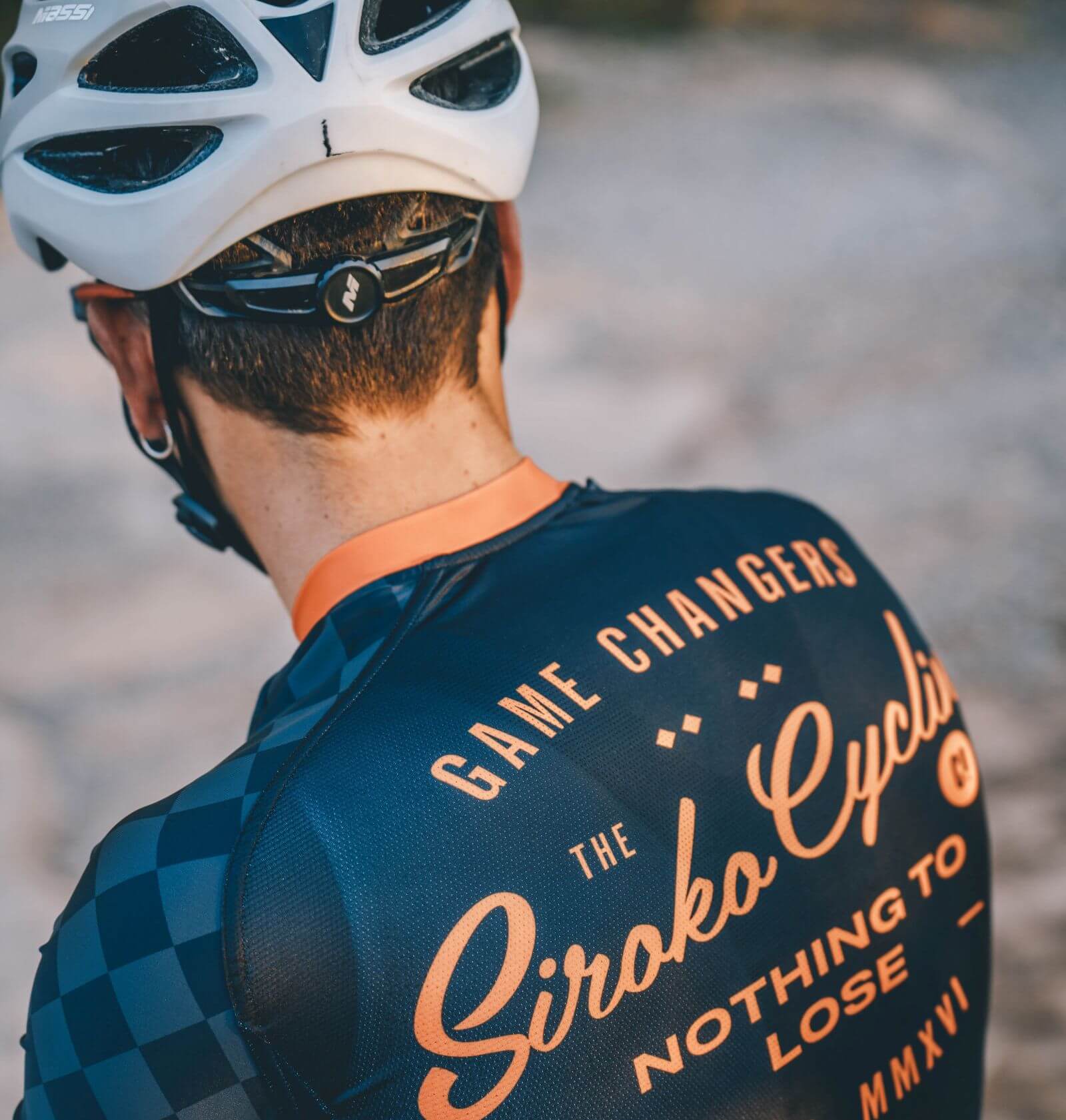
- Comfort. A helmet must be comfortable, especially if you are going to wear it a lot. Ventilation, retention system, weight and inner padding are important, but it is also key to choose the right size and adjust it following our guidelines from this blog post.
- Personal preferences. Design and aesthetics also affect our choice, whether it’s a child choosing one with their favorite cartoon character, or a cyclist looking for a model that matches their clothes or bike.
How to choose the right helmet size
Take a sewing tape measure (you can also use a metal tape measure or a string). Stand in front of a mirror and place one end of the tape on your forehead, two fingers above your eyebrows, and extend the tape around your head until you reach the starting point. Look in the mirror and make sure that the tape is level and above your ears. The measurement is the circumference of your head at its widest part and it’s the brands’ reference guide for helmet sizes. Always check the sizing chart because there are no universal sizes.
Take the measurement again to make sure you get the same result. Keep in mind that your hair affects those results, especially if you’re taking the measurements with very short hair. If you buy a very tight helmet and then let your hair grow, the helmet will become too small and uncomfortable. The opposite case (very long hair, hairdresser, larger helmet) is not usually a problem because there’s always a 4-5 cm size margin and the helmet can be adjusted with the buckles and retention system.
Lastly, manufacturers recommend replacing helmets every 5 years, even if they have not suffered an impact. If you have been in an accident or a fall, change your helmet immediately, whether or not the external damage is visible. Sometimes even falling on the floor can affect the helmet. When traveling, try to protect it well or take it as hand luggage. Never put it in a tightly-packed suitcase, especially if you are traveling by plane, because the helmet can get damaged when your luggage receives a knock or is exposed to a lot of pressure.
